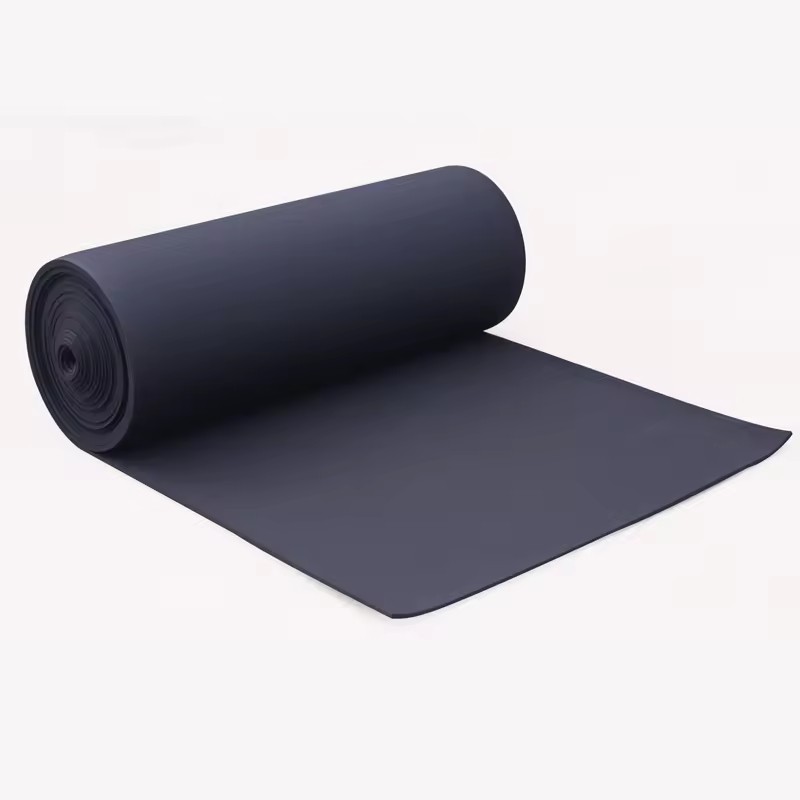E: sales@aoweidatech.com
AoWEIDA Technology Co., Ltd
Custom Manufacturer ・ 5years ・ Shenzhen, China
Main product: Cosplay Arts Crafts Material, Fingerprint Lock, Bicycle Lock


EVA (Ethylene-Vinyl Acetate) is widely considered non-toxic and is safe for use in a vast range of consumer products.
However, to give a complete answer, it's important to understand the details and context.
Why EVA is Considered Non-Toxic:
Chemical Composition: EVA is a copolymer made from ethylene and vinyl acetate. These materials, when polymerized, form a stable, inert plastic that does not leach harmful chemicals under normal conditions.
Heavy-Metal Free: High-quality, food-grade and medical-grade EVA is formulated without heavy metals like lead, cadmium, or phthalates, which are common toxic concerns in other plastics.
Regulatory Approval: EVA is approved by stringent regulatory bodies for use in products that contact food and human skin. This includes:
FDA (U.S. Food and Drug Administration): Approved for use in food packaging, kitchen utensils, and medical devices.
EU Food Contact Regulations: Complies with European standards for food safety.
CPSIA (Consumer Product Safety Improvement Act): Compliant EVA foam used in children's toys is rigorously tested to ensure it is free from harmful substances.
Common Uses That Highlight Its Safety:
Children's Toys: Foam puzzles, bath toys, and play mats are very commonly made from EVA because it's soft, durable, and non-toxic (even if chewed on).
Cosmetic Applicators: Makeup sponges and puffs are often made from EVA because it's gentle on skin and non-reactive.
Sports Equipment: Yoga mats, gym flooring, and the padding in sports helmets use EVA for its cushioning and safety.
Footwear: The squishy, comfortable midsoles of many running shoes and sandals are made from EVA.
Packaging: Used for high-quality, non-reactive food packaging.
Important Nuances and Considerations:
While EVA itself is non-toxic, it's crucial to distinguish between the base material and how a product is made.
Formamide Concern: This is the most important caveat. Formamide (also known as methanamide) is a chemical sometimes used in the manufacturing process of EVA foam to make it soft and flexible (to achieve a "pop foam" texture). Formamide is classified as a reproductive toxin and is a concern, particularly for children's products in the European Union.
The Key Point: Not all EVA foam contains formamide. Many manufacturers, especially reputable brands, now produce "formamide-free" or "E0" (E-zero) EVA foam specifically for children's toys and yoga mats.
How to Avoid It: Look for products labeled as "Formamide-Free," "E0," or that comply with strict toy safety standards like EN 71 (European Standard for toy safety).
Off-Gassing: New EVA products (like yoga mats) can sometimes have a faint "plastic" or "vinyl" smell. This is a process called off-gassing, where volatile organic compounds (VOCs) from the manufacturing process are released. This smell is generally not considered toxic in well-made products and will dissipate quickly if you unpackage the item and let it air out in a well-ventilated space for a day or two.
Combustion: Like almost all organic materials, EVA will emit toxic fumes if it burns. This is not a concern during normal use but is important for fire safety.
Conclusion:
The EVA polymer itself is non-toxic and inert.
Products made from pure, high-quality EVA (especially those with FDA or similar approvals) are perfectly safe for use with food, skin, and children.
The main safety concern is not with EVA itself, but with additives like formamide used in some low-quality foam manufacturing.
To ensure safety, purchase from reputable brands and look for certifications like formamide-free or compliance with safety standards (FDA, EN 71, CPSIA) especially for children's toys and items you use for extended periods (like a yoga mat).



